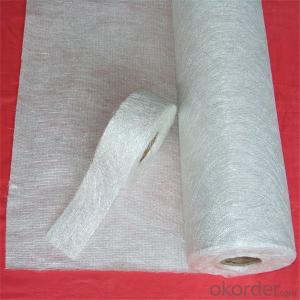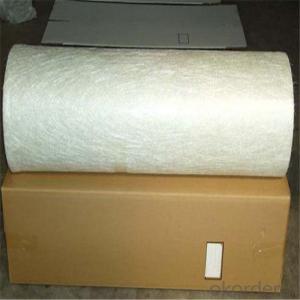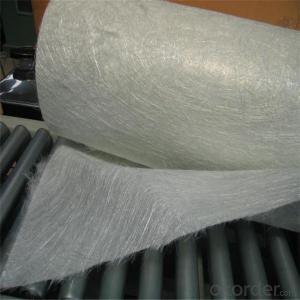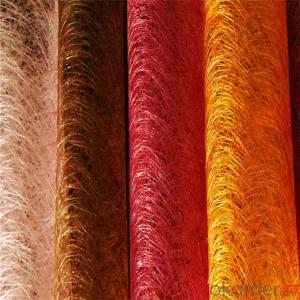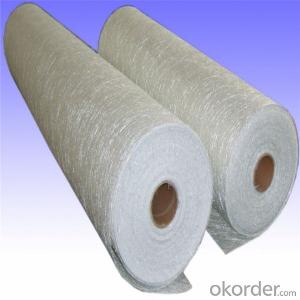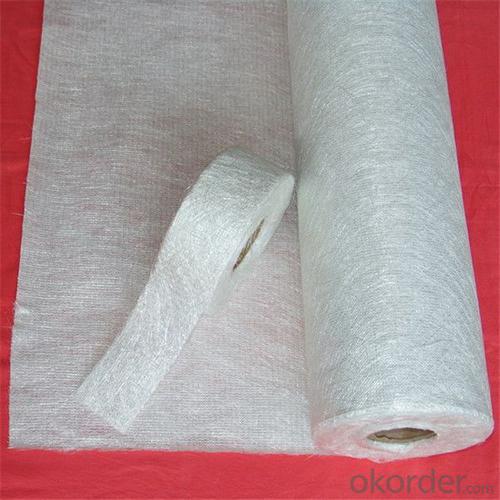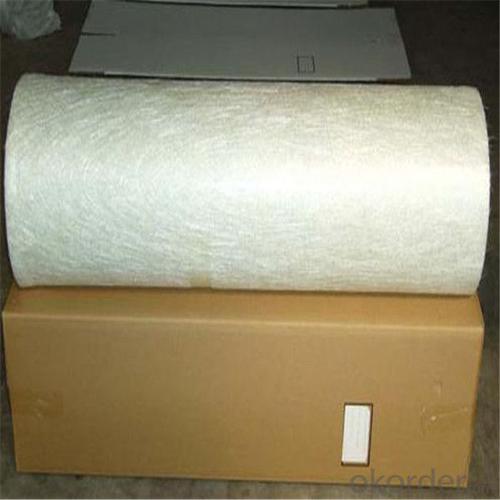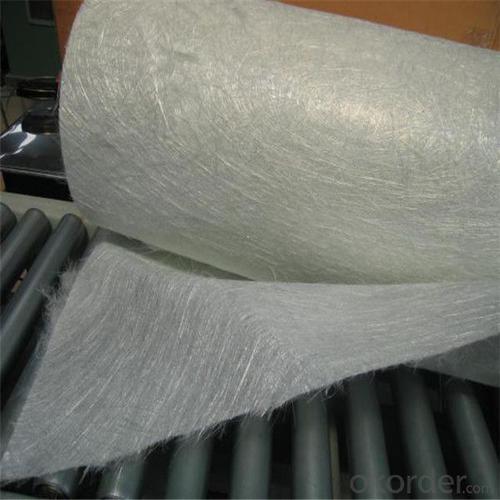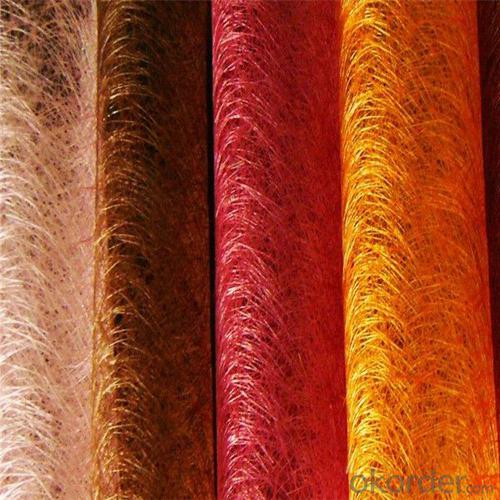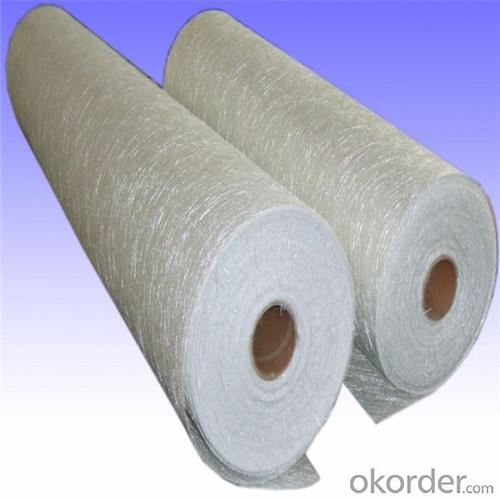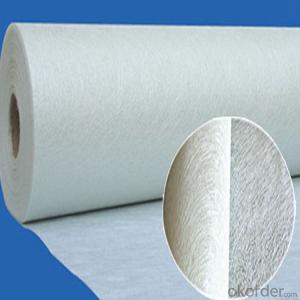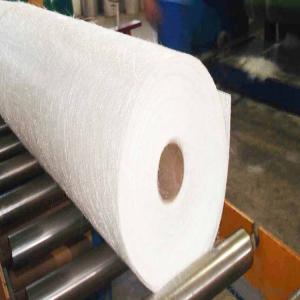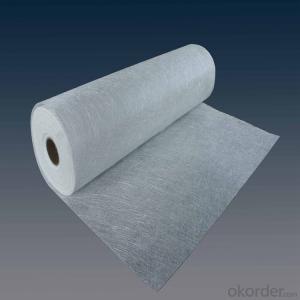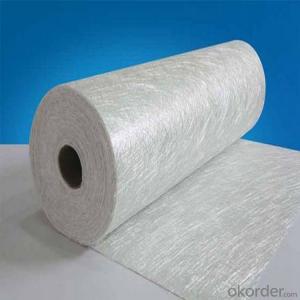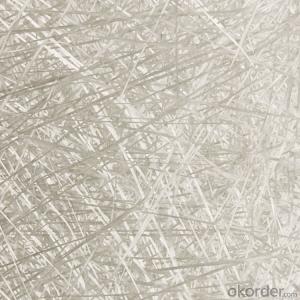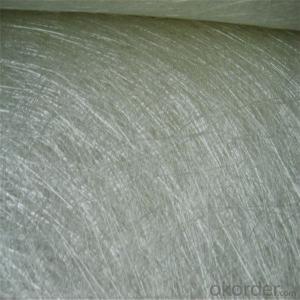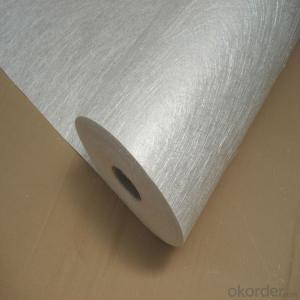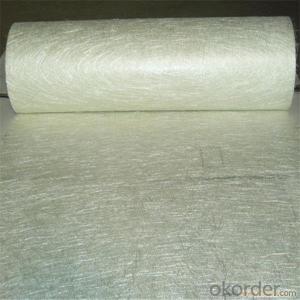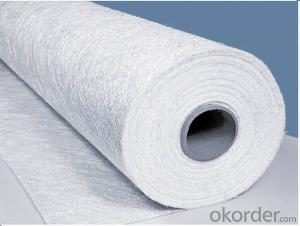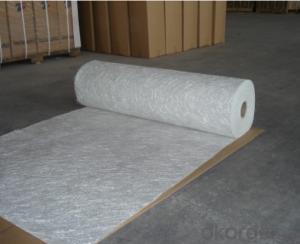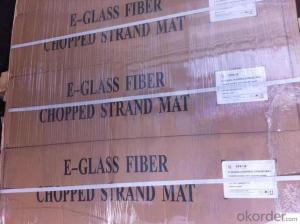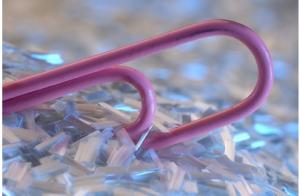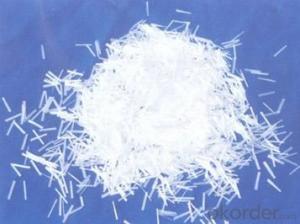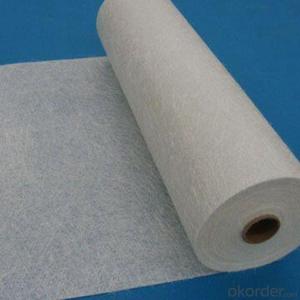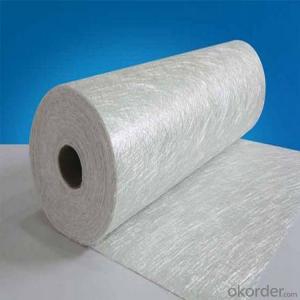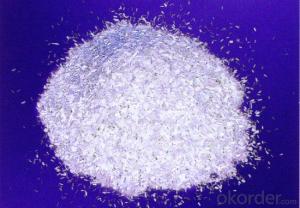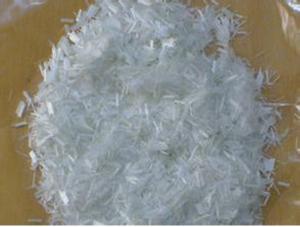Fiberglass Chopped Strand Mat Powder for Boats
- Loading Port:
- Tianjin
- Payment Terms:
- TT OR LC
- Min Order Qty:
- 100 m.t.
- Supply Capability:
- 100000 m.t./month
OKorder Service Pledge
OKorder Financial Service
You Might Also Like
Quick Details
| Technique: | Chopped Strand Fiberglass Mat (CSM) | Dimensions: | 225g/m2-900g/m2 | Fiberglass Type: | E-Glass |
| Place of Origin: | China (Mainland) | Brand Name: | cnbm | Model Number: | 300G-900G |
| moisture: | ≤0.2% | combustion content: | 2.1-6.3% | binder type: | emulsion or powder |
| width: | 1040,1270,2080mm |
Packaging & Delivery
| Packaging Details: | plastic bag then carton then pallet |
| Delivery Detail: | 15 days after payment |
Advantage
1. Chopped strand mat is made up from fiberglass chopped strands bonded with powder binder or emulsion binder
2. Wet out faster and easy of handling
3. Good choppability
4.thickness uniformity
Apllication
fiberglass chopped strand mat
It is used for processing and manufacturing FRP products with getting through hand lay up process, filament winding process and press molding. Typical products is including bathroom accessories, pipe, building material, automobile, furniture, vessel, cooling towers and other FRP products
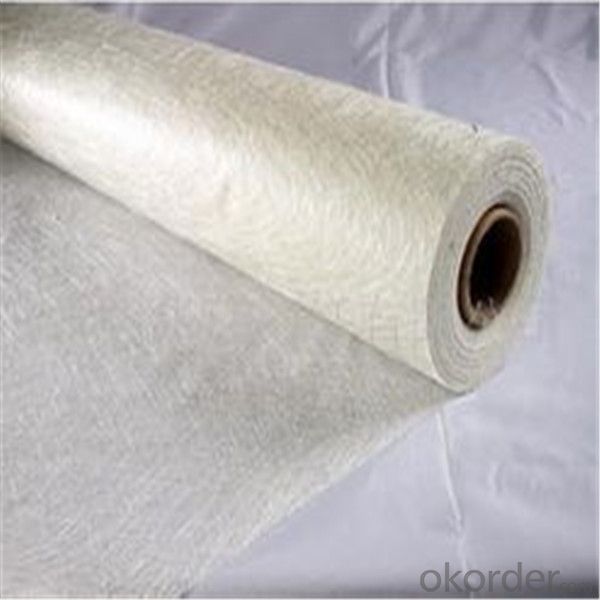
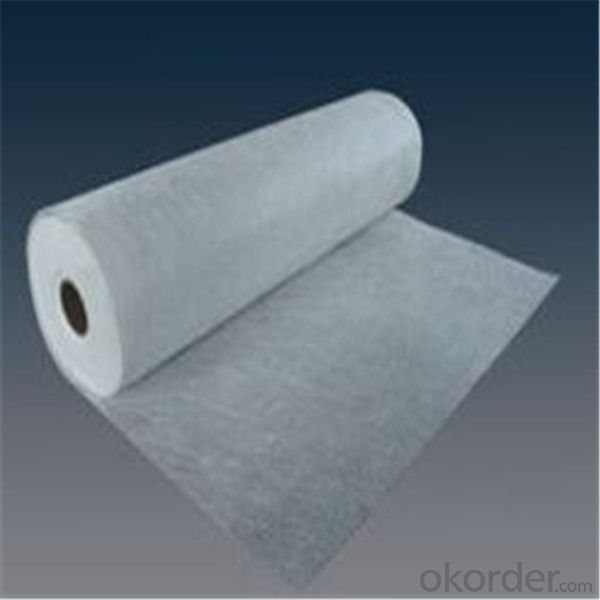
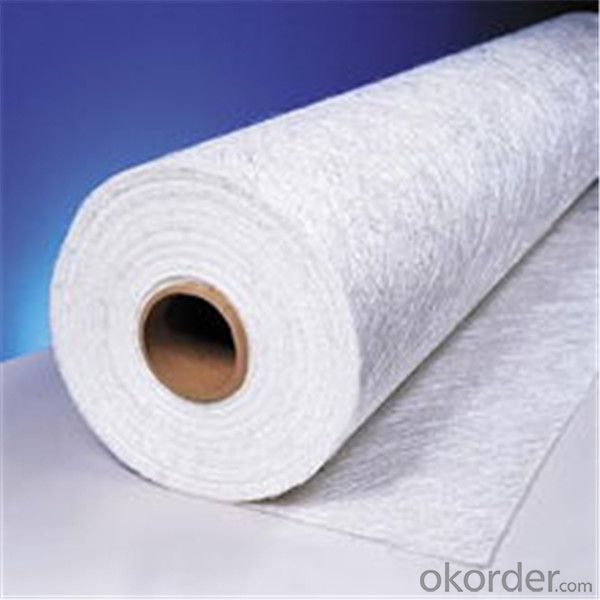
- Q: What are the mechanical insulation properties of fiberglass chopped strand?
- Fiberglass chopped strand has excellent mechanical insulation properties. It has high tensile strength, meaning it can withstand significant pulling forces without breaking. It is also highly resistant to compression, making it suitable for applications where it needs to support heavy loads. Additionally, fiberglass chopped strand has low thermal conductivity, meaning it is a good insulator of heat and can effectively prevent the transfer of thermal energy. Overall, its mechanical insulation properties make it a popular choice for various industries, including construction, automotive, and aerospace.
- Q: Brieaf introduction of carbon fiber?
- Along the fiber axis, it present very high strength; therefore the specific strength of CFRP material intensity and density can be achieved above 2000 MPa; high performance carbon fiber which made from polyacrylonitrile fiber precursors have tensile modulus about 200 to 700GPa. Some studies have pointed out that young's modulus (refers to the physical quantity that is characterized by the tensile or compressive strength of the material within the elastic limit) is 2 times more than that of the glass fiber. High purity and high temperature carbonization were used to prepare high performance PAN based carbon fiber, which gave the fiber chemical activity, viscose based carbon fiber. Carbon fiber's manufacturing progress includs fiber spinning. Comparing with aluminum and other metal materials, it is 7 to 9 times of strength of steel. In the early stage of aerospace grade carbon fiber, 3K is the main category, then the fiber is further produced by crosslinking, with its elongation rate greater than 2%. The equipment is complex, and it is destroyed. As it contains a large number of variables, like oxidation and oxygen, but the first two kinds of carbon fiber is mainly produced. The graphite is generally in the 2500 to 3000℃.
- Q: Can fiberglass chopped strand be used in electrical insulators?
- No, fiberglass chopped strand is not typically used in electrical insulators. Insulators require materials with high dielectric strength, such as ceramics or polymers, which can withstand high voltage without conducting electricity.
- Q: What are the different surface treatments available for fiberglass chopped strand?
- Some of the different surface treatments available for fiberglass chopped strand include sizing, silane coupling agents, and specialty coatings.
- Q: Can fiberglass chopped strand be used in the production of building facades?
- Yes, fiberglass chopped strand can be used in the production of building facades. Fiberglass chopped strand is a type of reinforcement material that is commonly used in construction applications. It is made up of small strands of fiberglass that are randomly chopped into shorter lengths. These chopped strands can be mixed with other materials, such as resins or cement, to create a composite material that is strong and durable. In the production of building facades, fiberglass chopped strand can be incorporated into various components, such as panels, sheets, or cladding. It provides additional strength and reinforcement to the facade, making it resistant to impact, weathering, and other external factors. The use of fiberglass chopped strand in building facades can also enhance the overall fire resistance and thermal insulation properties of the structure. Furthermore, fiberglass chopped strand is a lightweight material, which makes it easier to handle and install during the construction process. It can be easily molded or formed into different shapes and sizes, allowing for flexibility in design. Additionally, fiberglass chopped strand has excellent corrosion resistance, ensuring that the building facade will remain intact and aesthetically pleasing for a long time. Overall, the use of fiberglass chopped strand in the production of building facades offers numerous benefits, including enhanced strength, durability, fire resistance, thermal insulation, and design flexibility. It is a cost-effective and reliable solution that can contribute to the longevity and performance of the building facade.
- Q: Can fiberglass chopped strand be used for thermal insulation?
- Yes, fiberglass chopped strand can be used for thermal insulation. Fiberglass is known for its excellent thermal insulation properties, making it a popular choice for insulating buildings and other structures. Chopped strand refers to small strands of fiberglass that have been cut into shorter lengths. These chopped strands can be used in various forms, such as loose fill, batts, or blankets, to provide insulation against heat transfer. The fibrous nature of chopped strand allows it to trap air pockets, which helps in reducing heat transfer by conduction and convection. Additionally, fiberglass is a non-combustible material, making it suitable for thermal insulation applications where fire safety is a concern. Overall, fiberglass chopped strand is a versatile and effective material for thermal insulation purposes.
- Q: How does the electrical conductivity of the chopped strand affect its performance?
- The electrical conductivity of the chopped strand can greatly affect its performance in various applications. In general, electrical conductivity refers to the ability of a material to conduct electric current. When it comes to chopped strand, which is typically made of glass fibers, the electrical conductivity can vary depending on factors such as the composition of the glass and any coatings or treatments applied to the strands. One important application where electrical conductivity plays a significant role is in composite materials. Chopped strand is often used as a reinforcement in composite materials to enhance their mechanical properties. However, if the chopped strand has high electrical conductivity, it can result in issues related to electrical grounding or interference. This can be particularly problematic in applications where electrical insulation is required, such as in electronic enclosures or aerospace components. On the other hand, certain applications may actually benefit from a higher electrical conductivity of the chopped strand. For example, in electromagnetic shielding applications, where the purpose is to block or redirect electromagnetic radiation, having a conductive chopped strand can improve the effectiveness of the shielding. The conductive properties of the chopped strand can help to dissipate or redirect the electrical energy, reducing the impact on the surrounding environment. Additionally, the electrical conductivity of the chopped strand can also impact its resistance to electrical arcing or sparking. In high-voltage applications, where the risk of electrical discharge is a concern, using chopped strand with a lower electrical conductivity can help reduce the chances of arcing and potential damage to the material or surrounding components. In summary, the electrical conductivity of the chopped strand can have a significant impact on its performance in various applications. It is important to carefully consider the specific requirements of the application and choose a chopped strand with the appropriate electrical conductivity to ensure optimal performance and avoid any potential issues related to electrical grounding, interference, or electrical discharge.
- Q: What are the health risks associated with exposure to fiberglass chopped strand?
- There are several health risks that can arise from being exposed to fiberglass chopped strand. Firstly, fiberglass consists of small strands of glass that can be easily inhaled if safety measures are not followed. Inhaling these particles can cause irritation in the respiratory system, resulting in symptoms like coughing, wheezing, and difficulty breathing. Extended exposure to fiberglass dust can also lead to chronic respiratory conditions such as asthma or bronchitis. Apart from respiratory issues, fiberglass can also cause irritation to the skin and eyes upon contact. Direct contact with fiberglass particles can cause itching, redness, and rashes on the skin. If these particles come into contact with the eyes, it can cause irritation, redness, and potentially more serious conditions like corneal abrasion. Furthermore, fiberglass chopped strand is often treated with a binder or resin to enhance its properties. These chemicals can release volatile organic compounds (VOCs) into the air, which contribute to indoor air pollution. VOCs can result in various health problems, including irritation in the eyes, nose, and throat, as well as headaches, dizziness, and nausea. Prolonged exposure to high levels of VOCs can even lead to more severe health issues like damage to the liver, kidneys, or central nervous system. To prevent these health risks, it is crucial to take proper safety precautions when working with or around fiberglass chopped strand. This includes wearing protective clothing like gloves, goggles, and a respirator to avoid direct contact and inhalation of fiberglass particles. Adequate ventilation and dust control measures should be implemented to minimize the release of fiberglass dust and VOCs into the air. Regular cleaning and maintenance of the work area also help in reducing the risks associated with fiberglass exposure. Overall, although fiberglass chopped strand has many advantages and applications, it is important to be aware of the potential health risks and to take necessary precautions to safeguard oneself from its harmful effects.
- Q: Is fiberglass chopped strand suitable for aerospace applications?
- Fiberglass chopped strand is generally not suitable for aerospace applications. While fiberglass is a versatile and cost-effective material widely used in various industries, including automotive and construction, its properties may not meet the stringent requirements of aerospace applications. Aerospace applications demand materials with exceptional strength-to-weight ratios, high temperature resistance, low thermal expansion, excellent fatigue resistance, and other specific characteristics. These requirements often necessitate the use of advanced composite materials such as carbon fiber or aramid fiber reinforced polymers. Although fiberglass chopped strand exhibits good tensile strength and corrosion resistance, it falls short in other critical areas. Its relatively high density and limited thermal stability make it less suitable for aerospace applications, where lightweight materials that can withstand extreme temperatures and harsh environments are essential. Moreover, aerospace components often require precise engineering and tight tolerances, which may be challenging to achieve with fiberglass chopped strand due to its limited dimensional stability and potential for delamination. Therefore, while fiberglass chopped strand may find numerous applications in various industries, it is typically not the material of choice for aerospace applications. Aerospace engineers and manufacturers prefer advanced composite materials with superior performance characteristics to ensure the safety, reliability, and efficiency of aerospace systems.
- Q: How is fiberglass chopped strand made?
- Fiberglass chopped strand is made through a manufacturing process that involves several steps. Firstly, glass fibers are melted at high temperatures in a furnace. These fibers are made from a combination of raw materials such as silica sand, limestone, soda ash, and other additives. Once melted, the molten glass is then extruded through tiny holes in a device known as a bushing. This process is called fiberization, and it results in the formation of numerous fine glass filaments. These filaments are then rapidly cooled with a blast of air or water, causing them to solidify into solid fibers. Next, the solid fibers are gathered into bundles known as strands. These strands are then chopped into shorter lengths using mechanical cutters, hence the term "chopped strand." The chopped strands are typically around 3-6mm in length, although this can vary depending on the desired application. After being chopped, the strands are collected and processed further. They may undergo additional treatments such as applying a sizing agent or a binder to enhance their performance and compatibility with specific resin systems. These treatments also help to improve the adhesion between the fiberglass and other materials it will be combined with, such as resins or polymers. Finally, the chopped strands are packaged and made available for use in various industries. They can be incorporated into a wide range of products, including composites, insulation materials, automotive parts, and construction materials, among others. In summary, fiberglass chopped strand is made by melting glass fibers, extruding them into thin filaments, cooling and solidifying the filaments, chopping them into shorter lengths, and then applying additional treatments as needed. This process results in a versatile material that offers excellent strength, durability, and flexibility for a variety of applications.
Send your message to us
Fiberglass Chopped Strand Mat Powder for Boats
- Loading Port:
- Tianjin
- Payment Terms:
- TT OR LC
- Min Order Qty:
- 100 m.t.
- Supply Capability:
- 100000 m.t./month
OKorder Service Pledge
OKorder Financial Service
Similar products
Hot products
Hot Searches
Related keywords
